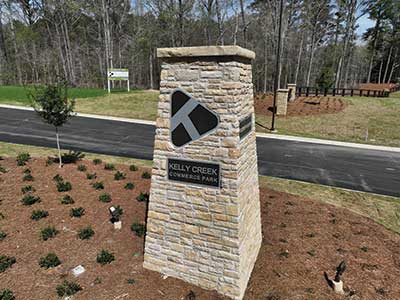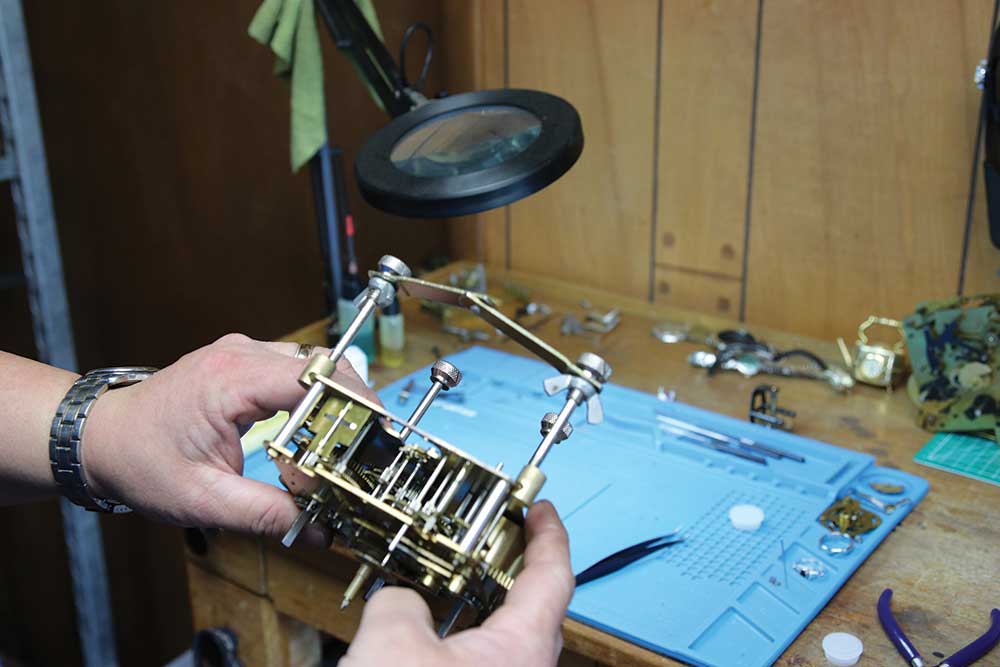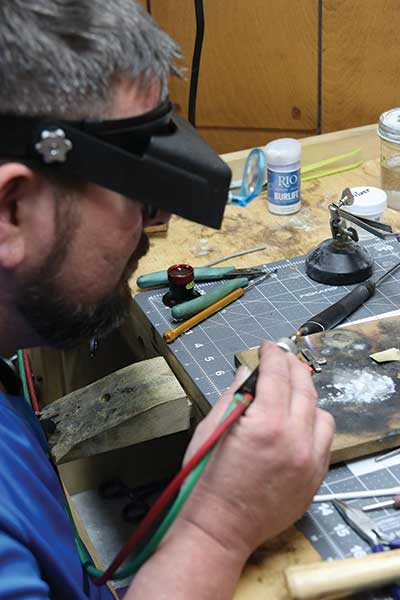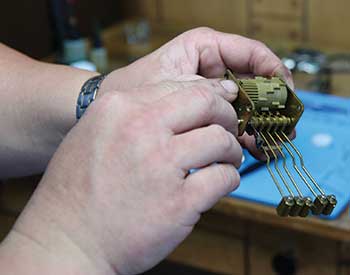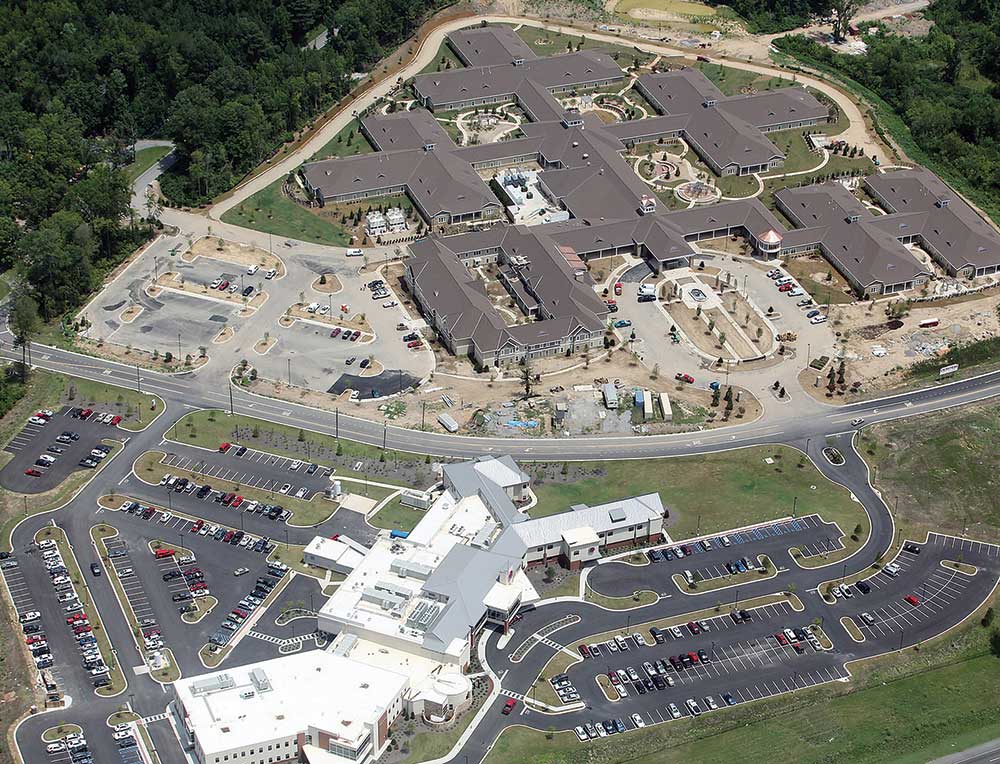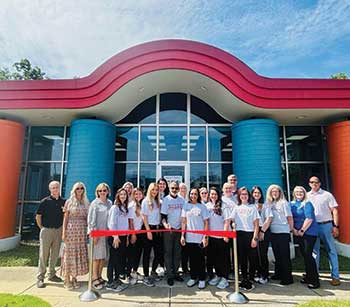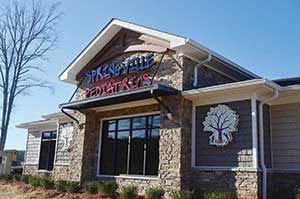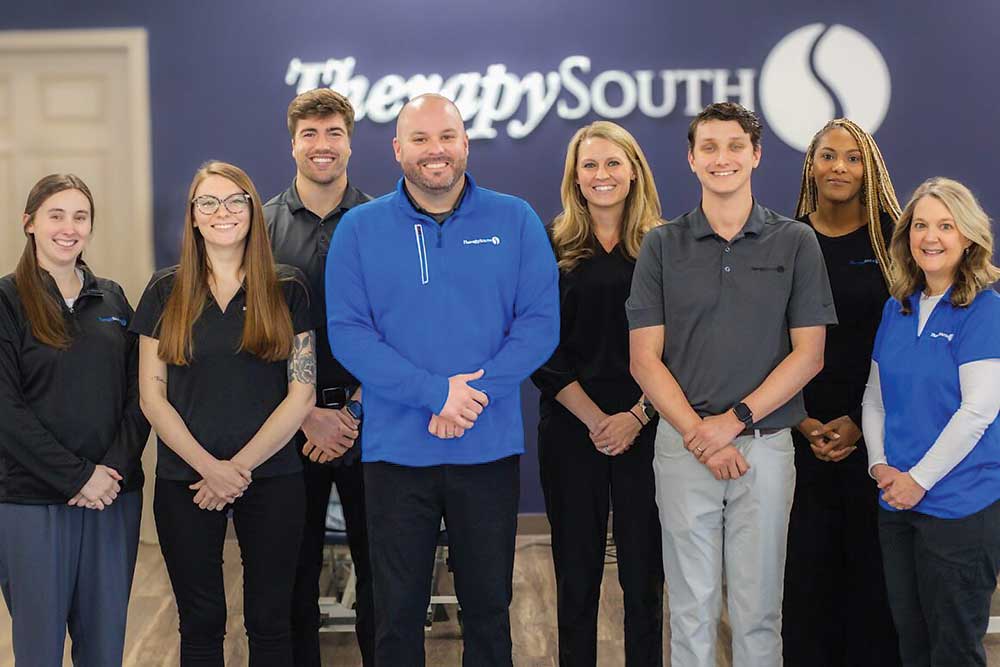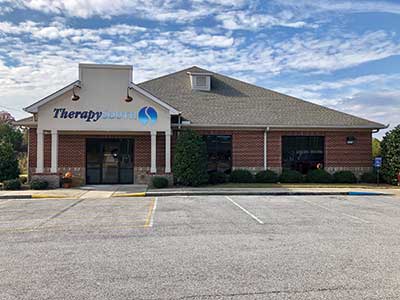Making sourdough magic with an ancient recipe and a sense of humor
Story Paul South
Photos by Graham Hadley
Submitted Photos
From her home kitchen in Pell City – armed with the ancient staples of salt, flour and water along with a wicked sense of humor – Anna Warren fills the air with the warm, embracing aroma of fresh baked sourdough bread, cakes and cookies.
And she does it with a wink and a smile.
You see, sourdough begins as starter dough in a Ball jar. The living concoction is the heart and soul of the centuries-old recipe that’s fed and nurtured until time to bake.
In Warren’s world, every starter has a name. Her first was Lucille, named for television legend Lucille Ball. Another jar is named Ricky Ricardough. There’s also Betty, Martha and Jane Dough. And don’t forget Lucy’s friend Ethel, and Fran.
“Living, wild yeast has to be fed to stay alive, so they get named,” Warren said. “It’s more tradition than anything. And it’s fun.”
Make that deliciously fun.
Like many cottage food businesses, the COVID-19 pandemic sparked Warren’s BFIT Bakery. It’s her second venture into the cottage industry. Her first was a home bakery in Florida. The Pensacola native learned to cook from a neighbor, back when Warren was barely tall enough to reach the counter.
“When COVID hit, I started watching TikTok, and I learned to do sourdough from another lady on the platform, and I decided to make a business of it.”
Her interest in sourdough came from her family’s digestive health challenges related to gluten allergies and her own battle against Celiac Disease. She wanted a better gluten-free product than what was available in stores.
Buying the store-bought foods, first if they’re gluten free they’re nasty, and they’re full of all kinds of crap,” she said with a laugh. “So, I wanted to find something that I could really enjoy for myself that wasn’t going to hurt my stomach.”
Also, she wanted to include her three children in the mix. She has two in college and another is a high school junior.
“Anything that I could do that would include them. They love coming into the kitchen when they’re here and making it with me and learning about it. Other people enjoy it.”
BFIT Bakery began in January 2024. Before that, it was just BFIT. I got certified as a trainer and worked at Workout Anytime in Pell City, so that’s where the name comes from.”
She added, “A lot of people think I call it BFIT because it’s healthy, and it truly is because it’s flour, water and salt. Those are the three ingredients and if you want something else to go in it, I add that.”
And it’s not just bread, but a pantry full of items.
“Cookies, cinnamon rolls, rolls. Around Easter, I do Resurrection Rolls, and I do kits for the kids with little flash cards that are really, really popular so they can learn about the Resurrection.”
At Christmastime, she makes assorted flavors – cinnamon and gingerbread – and at Halloween, pumpkin goodies are part of the menu.
She grows the herbs and flavors – like rosemary and lavender – in her own garden. Jalapenos and other produce for her goods come from the local farmers market in an effort to support local growers.
“It’s limitless what you can do with sourdough,” Warren said.
Think about these flavors – triple chocolate espresso and lemon blueberry – like all her recipes crafted from scratch.
The process to make sourdough takes about 36 hours. Her sourdough starter begins with flour and water. Her recipe has evolved.
“When I first started learning, I wasn’t measuring with a scale,” she said. “I was just doing what I was taught through watching other people.”
And sourdough has risen into a community of bakers, some for business, others for family enjoyment.
“I’ve met so many people I wouldn’t have met if it wasn’t for sourdough,” Warren said. “I’ve kind of come up with a recipe that works for me.”
Along with selling her goods from her home, Warren teaches others how to make tasty goods. She conducts community classes, where for $125 per person, Warren will come to your home and teach her tasty brand of kitchen magic. The classes are held once a month, except for a summer hiatus because of the heat and bad timing.
“When I teach these classes, I really explain to people that what works in my house, isn’t going to necessarily work at your house because your temperature and the humidity will play into how your bread turns out. So, you may have to tweak things.”
Her first class begins this month (October). She will conduct one or two monthly out of her home. The three-hour classes are limited to six people.
“They’re learning the very basics of sourdough,” Warren said. “They get a starter, and they get to name their starter, and they learn about feeding and maintenance. We make a loaf in class that I’ve already started for them. They get to watch it in different stages, and they get to take home a sourdough journal. It’s a whole kit in a basket, the starter, the journal, the scoring tool. They get it all as part of the class.”
For Warren, the passion for sourdough, baking and cooking burns brightly. “If food was a love language, it would be mine.”
It all started with Pensacola next door neighbor, Miss Karen, who taught young Anna the basics of the culinary arts.
“She had me at her house every chance she could from before I could reach the counter,” Warren remembered. “She taught me to cook and measure and all those things. It’s just something that I’ve always done.”
The philosophy of BFIT Bakery is simple:
“Making homemade bread and sharing it with the community. It’s good for you. It’s good for people who are diabetic. It can help breakdown the sugars because of the fermentation process. Just giving people another option because we don’t know what they’re putting in our food anymore. It’s not the same.”
Warren, who works full time for the Alabama Department of Human Resources, has seen her side hustle grow. Her bread and baked goods are wildly popular.
On Wednesdays and Saturdays, she fills her front porch bins with bread and other goodies, complete with cooler packs to fend off summer heat.
She also takes orders online at Bakesy.com. The address is https://bakesy.shop/b/the-bfit-bakery.
“I really had to set boundaries for myself, because I could bake from the time I wake up until the time I go to bed,” Warren said.
But the bread has become a staff of her life. The chill of fall and winter heats up her bread business.
‘It’s just become part of my every day at this point,” Warren says. “I feed Lucille. I bake bread. My co-workers love it because they get to try everything. They’re my guinea pigs.”
Her own starter
As often happens with cottage businesses, The BFIT Bakery started with a heart for family.
She acted on encouragement from friends and sparked by a desire to buy a lifetime sportsman Florida license for her youngest son, an avid outdoorsman. At Christmas, the licenses went on sale for half the normal $1,000 price.
Warren and “Lucille Ball” went to work baking bread, two loaves at a time. She then hosted a one-day event featuring her bread at Pell City’s 4 Messie Monkeys in Pell City.
“I sold out in an hour and a half, and I made $700,” Warren said.
The business has given her a chance to do more for her kids. But again, it all comes down to Warren’s love language – food – good, homemade food.
“Whether it’s baking, grilling smoking meat, whatever it is I’m doing, it’s always going to be food related. My Dad is Italian. My Mom is Maltese, so it’s a lot of food. A lot of food and talking with our hands. That’s how I show my family and friends that I care.”
And while some cottage food businesses have exploded into corporations or retail chains, Warren wants to stay grounded.
“There’s something special about getting up at 4 in the morning on a Tuesday to bake bread for the community. I want to harbor that and keep it safe and special.”
For ordering information about The BFIT Bakery, visit its Facebook page, at Bakesy.com, or email at awarren@121218@gmail.com.















